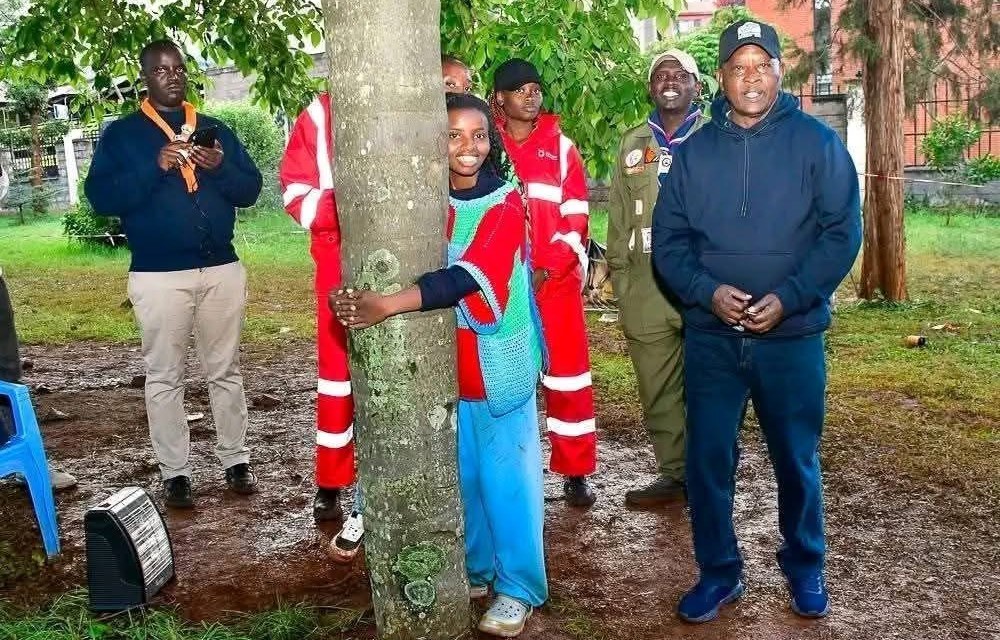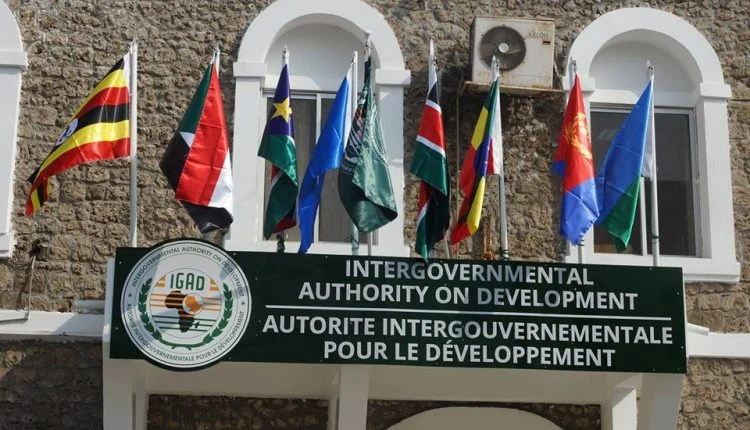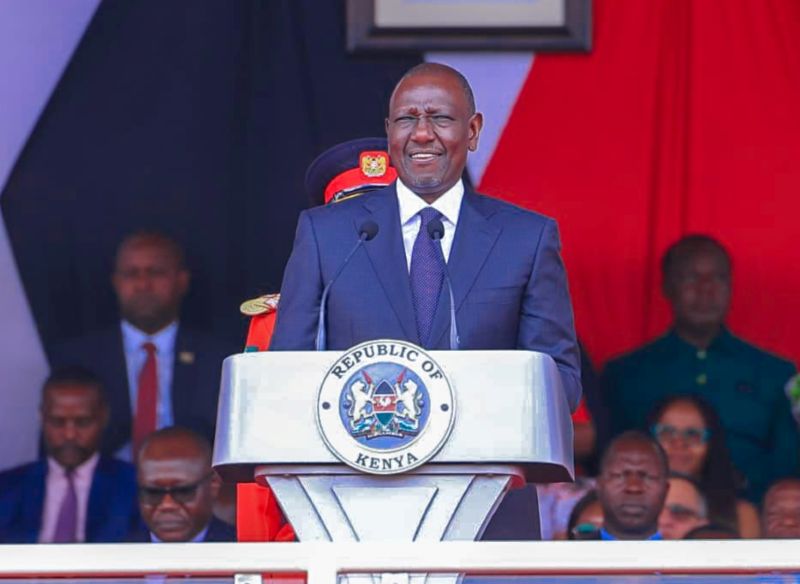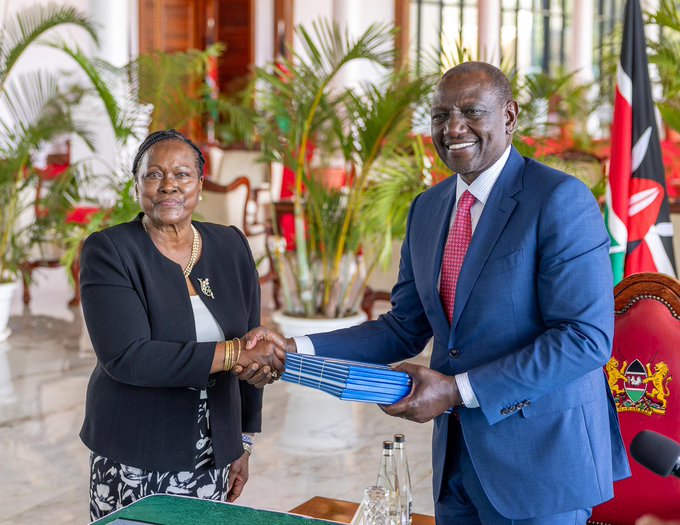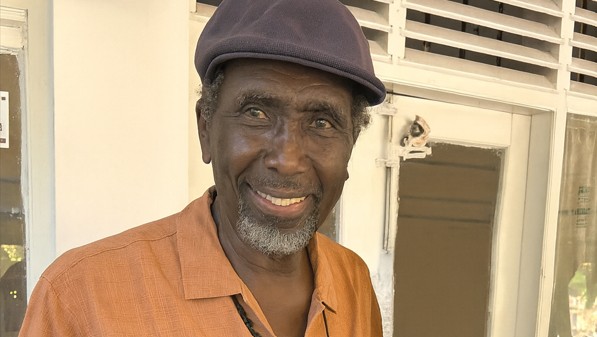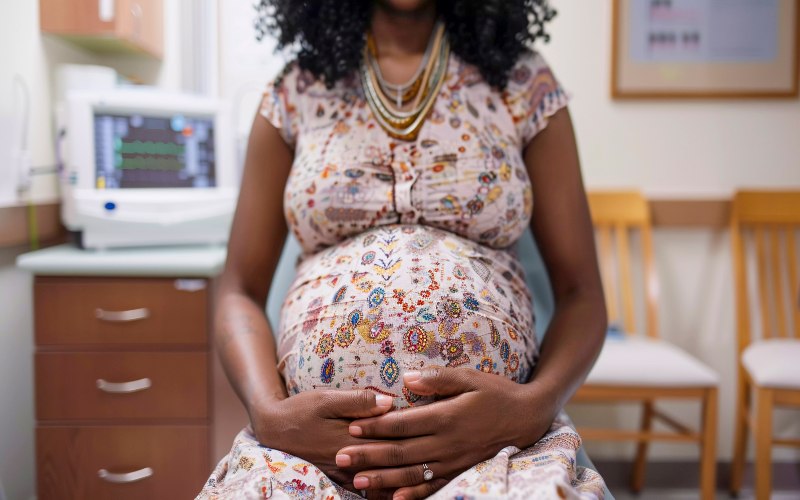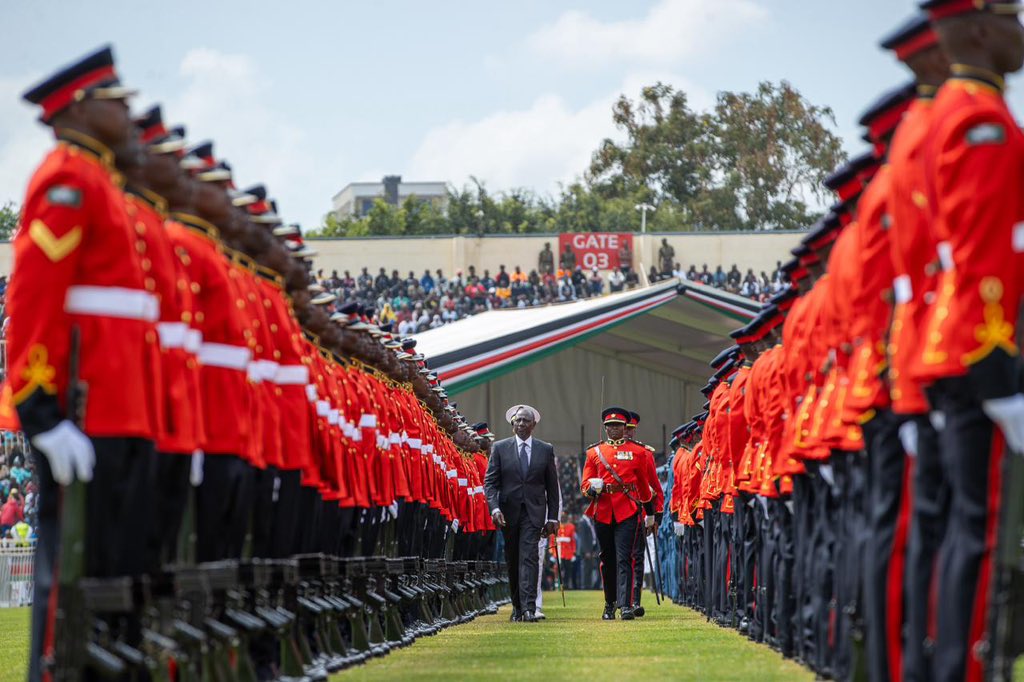WHO says no country on track to end violence against women by 2030
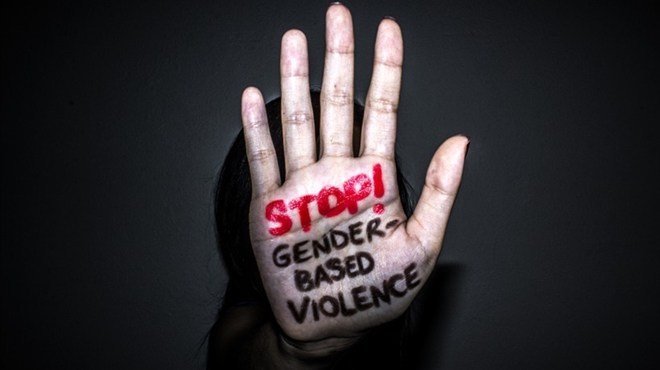
Food insecurity exacerbates the vulnerability of women and girls to GBV through a complex interplay of cultural, social, and economic factors.
No country is on track to eliminate violence against women by 2030 in line with the Sustainable Development Goals, a report by the World Health Organisation (WHO) published by the Lancet Journal says.
The report says adolescent girls face significant violence, with sub-Saharan Africa reporting a 40 per cent incidence rate.
More To Read
- WHO review finds no link between childhood vaccines and autism
- Traditional medicine is now a global reality: WHO
- Iranian woman spared execution after paying Sh12 million compensation for killing abusive husband
- Commission sounds alarm as new data shows rising gender-based violence in Kenya
- Men are majority of homicide victims in Kenya despite media focus on women, state report reveals
- Parliament to debate Bill ending private settlements in SGBV cases
In Kenya, 34 per cent of women have experienced gender-based violence (GBV) since the age of 15, and 13 per cent have experienced sexual violence at some point in their lives, according to the Kenya National Bureau of Statistics.
According to the Lancet Child & Adolescent Health journal, nearly 24 per cent of adolescent girls have been in relationships, with about 19 million experiencing physical and sexual intimate partner violence by the age of 20. Additionally, nearly 16 per cent of these girls encountered such violence in the past year.
“Intimate partner violence is alarmingly prevalent among young women globally. Given that violence during these crucial formative years can result in profound and lasting harm, it must be addressed more seriously as a public health issue, with a focus on prevention and targeted support,” said WHO’s Director of Sexual and Reproductive Health and Research Department, Dr Pascale Allotey.
According to The Kenya Institute for Public Policy and Research Institute, food insecurity exacerbates the vulnerability of women and girls to GBV through a complex interplay of cultural, social, and economic factors.
In many societies, women are primarily responsible for household food production and management. When food is scarce, the increased economic pressure often results in greater financial dependence on male family members, creating power imbalances that heighten their vulnerability.
This economic dependence and food scarcity can be exploited by perpetrators, who may leverage the fear of economic instability to deter women from reporting abuse, as some may be financially reliant on their abusers.
The consequences of partner violence are severe and far-reaching, impacting young people’s health, educational achievements, future relationships, and overall life prospects. It significantly raises the risk of injuries, depression, anxiety disorders, unplanned pregnancies, sexually transmitted infections, and other physical and psychological conditions.
This study leverages existing data to deliver, for the first time, an in-depth analysis of the prevalence of physical and/or sexual partner violence experienced by 15-19-year-old girls in intimate relationships. It also identifies the broader social, economic, and cultural factors that heighten their risk.
The study reveals significant variations in the prevalence of violence against adolescent girls.
According to WHO estimates, Oceania, at 47 per cent, and central sub-Saharan Africa (40 per cent) are the most severely affected regions, while central Europe (10 per cent) and central Asia (11 per cent) report the lowest rates. Across countries, the prevalence ranges from as low as six per cent in the least affected nations to as high as 49 per cent in those with the highest rates.
The analysis indicates that intimate partner violence is more common in lower-income countries and regions, particularly where there are fewer girls in secondary school education and where girls have weaker legal rights regarding property ownership and inheritance compared to men.
Child marriage, occurring before age 18, significantly heightens the risk due to power imbalances, economic dependency, and social isolation, all of which increase the likelihood of sustained abuse.
According to Dr Lynnmarie Sardinha, the technical officer for Violence Against Women Data and Measurement at WHO, there is a need for comprehensive policies and programmes to combat gender-based violence.
“To end violence against women and girls, countries must implement policies that promote gender equality. This includes ensuring secondary education for all girls, securing gender-equal property rights, and ending harmful practices like child marriage, which are often rooted in the same inequitable gender norms that perpetuate violence.”
Top Stories Today
